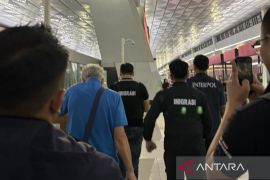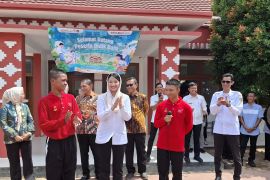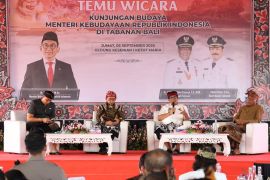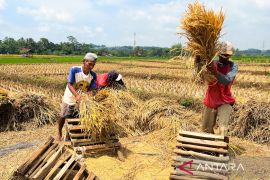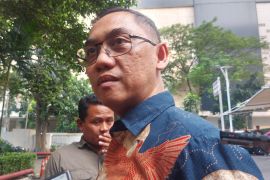The ministry's Secretary General Bambang Hendroyono said the RPPLH has been created to strengthen the management of natural resources and the environment as well as the handling of climate change.
"The process of economic development that we are carrying out must realize environment quality and human life's quality that continue to improve," he explained at a meeting on the formulation of the government regulation on RPPLH here on Thursday.
According to Hendroyono, the achievement of the Advanced Indonesia 2045 target through economic growth will affect the continuity of the environmental process, function, and productivity.
"Various infrastructures that are needed so that the national RPPLH can be implemented effectively and efficiently need to be built, developed, and strengthened immediately," he said.
The formulation of the 2025–2055 RPPLH will include directions on the utilization, reservation, control, monitoring, cultivation, and preservation of natural resources.
It will also include directions on the preservation and protection of environmental qualities and functions and directions on adapting to and mitigating climate change.
He explained that the formulation of the RPPLH, as an integrated planning system for the protection and management of the environment, must pay attention to various essential aspects in all stages of development as well as targets.
The targets cover post-pandemic economic recovery, the achievement of SDGs by 2030, Indonesia’s Folu Net Sink 2030, global biodiversity framework, efforts to break free from the middle-income trap by 2036, the 2040 Golden Indonesia vision, and efforts to achieve carbon neutrality by 2060.
In addition, the RPPLH must be used to strengthen the aspect of environmental protection and management in national and regional development plans as well as spatial planning through the Strategic Environment Study (KLHS) process.
Furthermore, it must be used to strengthen the aspect of environmental protection and management in business planning, licensing, and activities through the process of studying environmental impacts, management efforts, monitoring efforts, and approvals.
Related news: Indonesia, US ink MoU to strengthen environmental protection
Related news: Ministry bolstering forest rangers' role to achieve FoLU Net Sink
Translator: Sugiharto Purnama, Raka Adji
Editor: Rahmad Nasution
Copyright © ANTARA 2023

